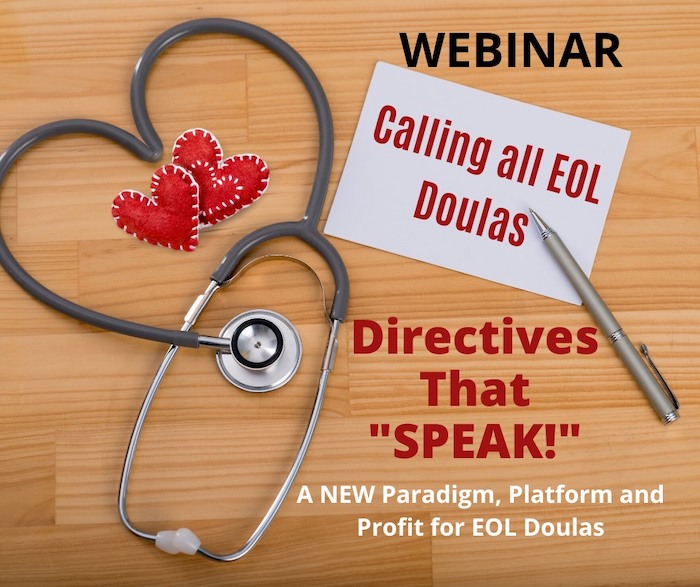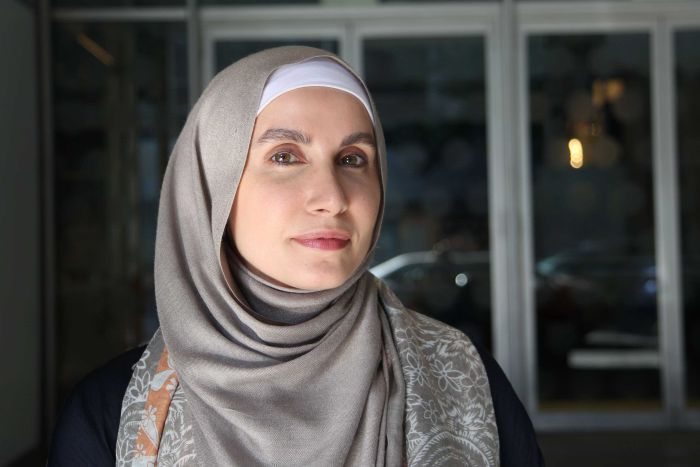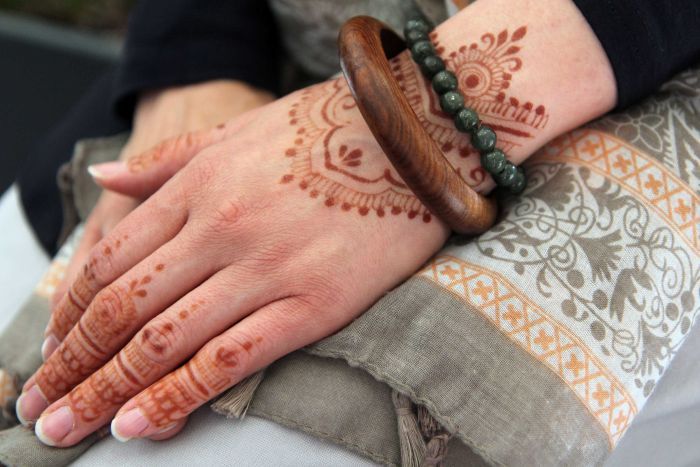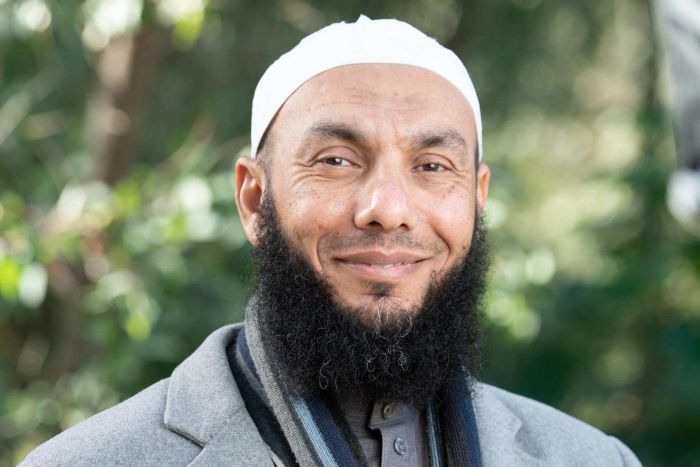It inspired her most hopeful novel yet
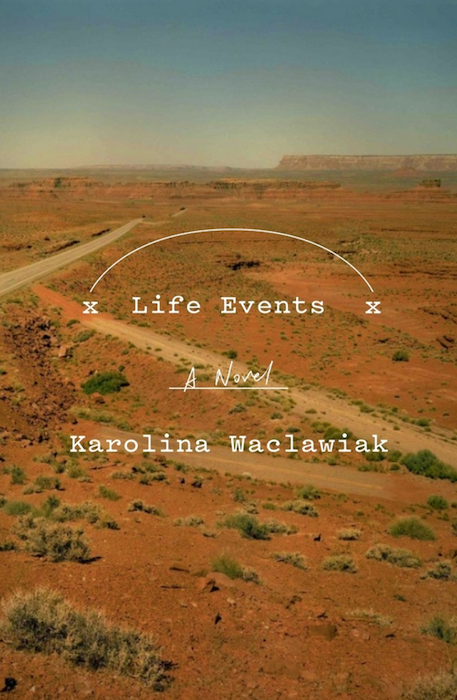
By Stuart Miller
In the quietly simmering drama of Karolina Waclawiak’s new novel “Life Events,” Evelyn has lost her job, her marriage is flatlining, and she frequently frets about death, especially the eventual passing of her parents. Only when this Silver Lake drifter trains to become a death doula — to have the uncomfortable conversations that help the terminally ill come to terms with the life they lived — does she begin to shift from dreading the future to living in the present.
Evelyn is in a near constant state of “pre-grieving,” or what others call “anticipatory grief,” Waclawiak said during a phone interview last spring. “But we have no control over grief. That’s not how it works at all.”
The author of two previous novels began writing “Life Events” six years ago. “It’s unfortunately very timely,” says Waclawiak. “We’re all in this collective grief now. Our loved ones are dying alone, and I can’t think of anything worse. We’re all going to be collectively traumatized, and that’s something we’re going to have to deal with.”
Waclawiak’s initial inspiration was an episode of the podcast Criminal about an “exit guide,” a companion for terminally ill people ending their lives. Fascinated by new approaches to end-of-life issues, she watched videos of people working in the death-with-dignity movement; soon, she took a death doula course herself.
While her research explored the broader societal changes behind the movement, the novel’s themes are intimately personal and somewhat autobiographical. Waclawiak helped care for her grandfather when he was dying 13 years ago. Her mother, who was sick off and on since Waclawiak was 12, was diagnosed with cancer in 2015, soon after Waclawiak started writing “Life Events.” She died last September.
“Obviously this was a big part of why I wrote this,” she says, adding that she writes to understand her pain. “I start with a larger question that I’m trying to face, not necessarily answer.”
In her first novel, “How To Get Into the Twin Palms,” also set in L.A. and featuring a Polish immigrant who passes herself off as Russian, the big question was, “Who are you if you take away your ethnic identity?” Her follow-up, “The Invaders,” grappled with the “limitations and stresses” of living among people of a higher socioeconomic class than you are.
Those questions too arose from Waclawiak’s life. Her parents fled Communist Poland when she was two, eventually setting in suburban Connecticut. “I’m extremely Americanized, but I always felt like an outsider,” says Waclawiak, who studied screenwriting at USC and then worked as an assistant on “The Simpsons.” After getting an MFA at Columbia University, she began writing screenplays in New York — the well-received “AWOL” and a second film that was in preproduction when the pandemic hit. Now she’s back in the city where “Life Events” is set. (“Set” is an understatement: Each of her books is suffused with a deep sense of place, owing to Waclawiak’s road trips through the regions she’s writing about.)
Waclawiak believes her background has better prepared her for facing death than most Americans. On return trips to Poland, her family would join others who spend Saturdays at the cemetery, visiting dead relatives and cleaning their gravestones. “There’s a sense of ritual there,” says Waclawiak, “while Americans approach death with a sense of fear and denial.”
Despite its morbid subject matter, “Life Events” is more optimistic than her previous work, in which the protagonists sometimes seemed hellbent on self-sabotage or even self-destruction. In contrast, Evelyn’s work with her dying clients helps her reassess everything, from her marriage to her long-term future, with newfound clarity.
“I felt a book about death was going to be tough to read, and I was thinking about the reader’s experience,’” Waclawiak says. “I really wanted Evelyn to use her proximity to death to be a catalyst to push herself out of this stagnation and to feel a sense of hope, because you have to. This life is so hard.”
Struggling to give Evelyn more control over her messy life, Waclawiak wrote an entire first draft in the third person, then threw almost all of it away. “Evelyn had to have a sense of agency,” she says. “That awareness that you have choices is a really huge shift in the storytelling.”
Call it a midlife awakening: Since writing her last novel, Waclawiak turned 40 and watched her mother get sicker. “You can’t help but take a microscope to the way you are living,” she says. Her mother, approaching her life’s end, pushed Waclawiak to think about her own future — about “seeing what I can do differently now and how I can change my perspective.”
What colleagues notice most about Waclawiak’s work is that fine balance between fatalism and optimism. She is not a “cheerful writer, but she’s not reflexively cynical,” says Ben Smith, the New York Times media columnist and former editor in chief of Buzzfeed, where Waclawiak works as an editor. “She captures the desperation Americans feel in leading superficially ordinary lives.”
Emily Bell, who edited “Life Events” at Farrar, Straus and Giroux, praises the author’s “ability to balance an understated tone with high emotional stakes” as she explores “what it means if you don’t fulfill the expectations of society.”
As for Waclawiak’s expectations, she has always held a day job while writing. “I never had illusions that my creative work would pay the bills,” she says, “and that gives me the freedom to write weird stuff.”
She knows some readers “have an issue with complicated women who don’t always make the best choices for themselves,” but she refuses to tidy up her fiction. “There’s an expectation of how women should behave; they shouldn’t be messy or be complicated in a way that seems vulnerable or gross. But there are countless male narrators in fiction and all over television who are highly self-destructive.”
Waclawiak became so frustrated by aspersions on her “unlikable female narrators” that she designed a course at Columbia around such characters. “Let me put a woman up against the wall and see how she squirms out of whatever situation I put her in, not in a way that feels exploitative,” she says. “It’s about realizing there’s something to learn in the suffering and the pain.”
In “Life Events,” it’s about Evelyn learning not just that she has choices but that she has the chance to create new ones — a wisdom that emerges, ironically, from coping with the one thing no one can opt out of. “When the people you love are dying, it changes you, and you really start to question what you thought was important,” Waclawiak says. “I wanted the reader to think about how consciously they were living their own lives.”
Complete Article ↪HERE↩!


